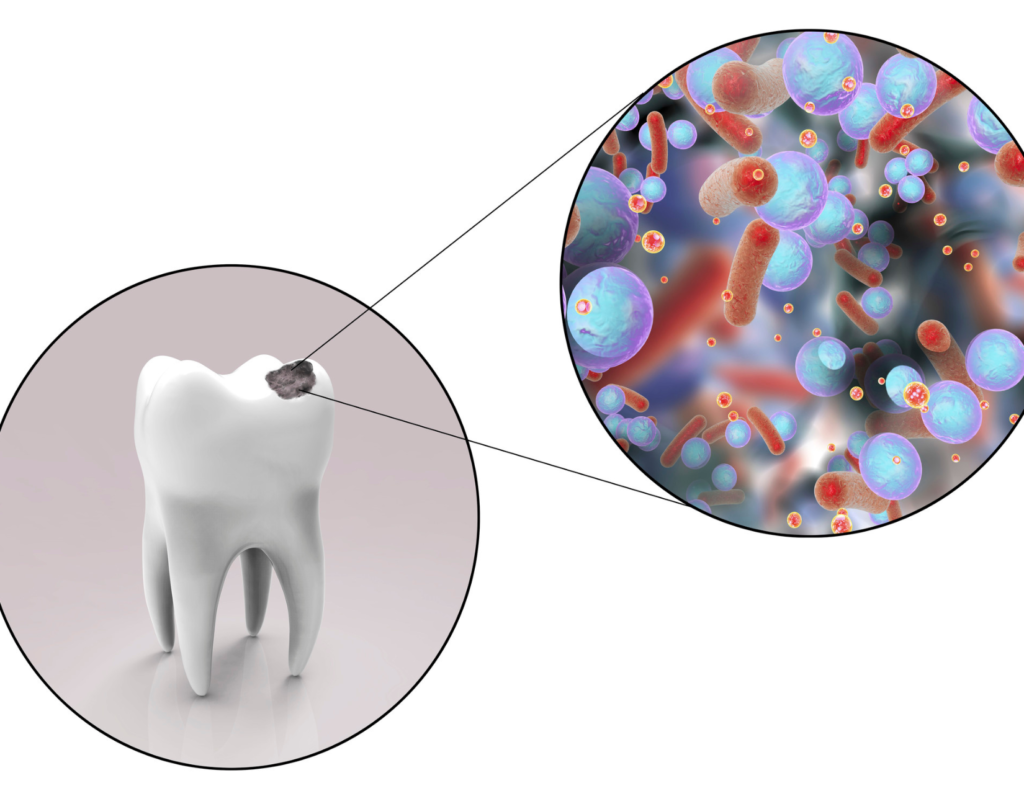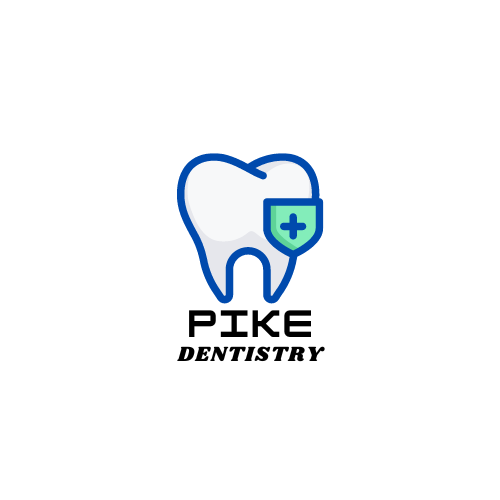Dealing with a cavity can be stressful, but understanding the cost and the factors that influence it can help alleviate some of that anxiety. We will answer some common questions about the cost of tooth cavity filling, helping you make informed decisions about your dental health.

What is the average cost of a tooth cavity filling?
The cost of a tooth cavity filling can vary widely depending on several factors, including the type of filling material used, the size and location of the cavity, and your location. On average, you can expect to pay between $100 and $300 for a silver amalgam filling and between $150 and $450 for a tooth-colored composite filling. If you opt for gold or porcelain fillings, the cost can be significantly higher, ranging from $250 to $4,500 per tooth.
What factors affect the cost of a cavity filling?
Several factors can influence the cost of a cavity filling:
- Filling Material: The type of material used for the filling is a major cost factor. Amalgam (silver) fillings are typically less expensive than composite (tooth-colored) fillings. Gold and porcelain fillings are the most expensive options.
- Size and Location: The size and location of the cavity also affect the cost. Larger cavities or those in difficult-to-reach areas can be more expensive to fill.
- Dentist’s Experience: A dentist with more experience or a specialized practice may charge more for their services.
- Geographic Location: Dental costs can vary significantly depending on where you live. Urban areas or regions with a higher cost of living often have higher dental fees.
- Insurance Coverage: If you have dental insurance, it may cover a portion of the cost. The extent of coverage can vary based on your plan and the type of filling.
Does dental insurance cover cavity fillings?
Most dental insurance plans cover cavity fillings, but the amount of coverage can vary. Typically, insurance plans cover a percentage of the cost—often between 50% and 80%—after you meet your deductible. However, some plans may only cover the cost of basic materials like silver amalgam, meaning you could pay more out-of-pocket if you choose composite or other higher-end materials. It’s always best to check with your insurance provider to understand what is covered under your specific plan.
Are there ways to reduce the cost of a cavity filling?
Yes, there are several ways to manage and reduce the cost of a cavity filling:
- Dental Discount Plans: These are not insurance but can provide significant discounts on dental procedures. You pay an annual fee and receive reduced rates on treatments.
- Payment Plans: Many dental offices offer payment plans that allow you to spread the cost of your treatment over several months, making it more manageable.
- Community Health Clinics: Some clinics offer dental services on a sliding scale based on income, providing more affordable care.
- Dental Schools: Dental schools often offer reduced-cost services performed by students under the supervision of experienced dentists. This can be a great way to save money while receiving quality care.
- Preventive Care: Regular dental check-ups and good oral hygiene can prevent cavities from developing or catching them early when they are less expensive to treat.
Understanding the cost of tooth cavity filling and the factors that influence it can help you make informed decisions about your dental care. Whether you have insurance or are paying out-of-pocket, there are options to help manage expenses. Regular dental visits and good oral hygiene practices are key to preventing cavities and maintaining a healthy smile. If you have any questions or concerns about cavity fillings, don’t hesitate to reach out to your dentist—they’re there to help you every step of the way.
